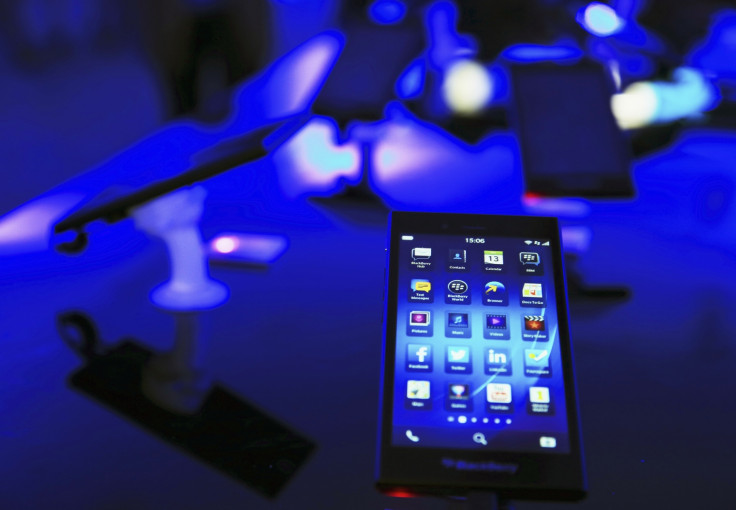Cheap and Flexible Touchscreens in Phones and Tablets a Step Closer Thanks to Graphene
Miracle material graphene could make cheap and flexible touchscreen displays

Cheap and flexible touchscreen displays on tablets and smartphones could be soon available thanks to graphene-treated nanowires.
Researchers from the University of Surrey and Amber, the materials science centre based at Trinity College, Dublin, have used a simple, scalable and inexpensive method to produce hybrid electrodes using graphene and silver nanowires.
These nanowires could replace indium tin oxide which is expensive and rigid.
Dr Izabela Jurewicz from the University of Surrey said, "Our work has cut the amount of expensive nanowires required to build such touchscreens by more than 50 times, as well as simplifying the production process. We achieved this using graphene, a material that can conduct electricity and interpret touch commands whilst still being transparent."
By virtue of being transparent, the wonder material graphene has been considered since some time for use in touchscreens.
Graphene, which is essentially a two-dimensional layer of carbon atoms spanning a narrow width of an atom, has been viewed as the miracle material of the century, given its remarkable properties.
It conducts electricity better than copper and is 200 times stronger than steel, while being six times lighter. It is almost perfectly transparent. By adding some components to graphene, scientists have uncovered still more miraculous attributes.
Physicists in fact view the material as a sea of non-interacting electrons that behaves more like high-energy particles than solid matter.
The research is published in the journal Advanced Functional Materials.
Dr Alan Dalton from the University of Surrey said, "The growing market in devices such as wearable technology and bendable smart displays poses a challenge to manufacturers. They want to offer consumers flexible, touchscreen technology but at an affordable and realistic price. At the moment, this market is severely limited in the materials to hand, which are both very expensive to make and designed for rigid, flat devices."
The production cost was brought down and the process was simplified without compromising on performance.
© Copyright IBTimes 2025. All rights reserved.




















